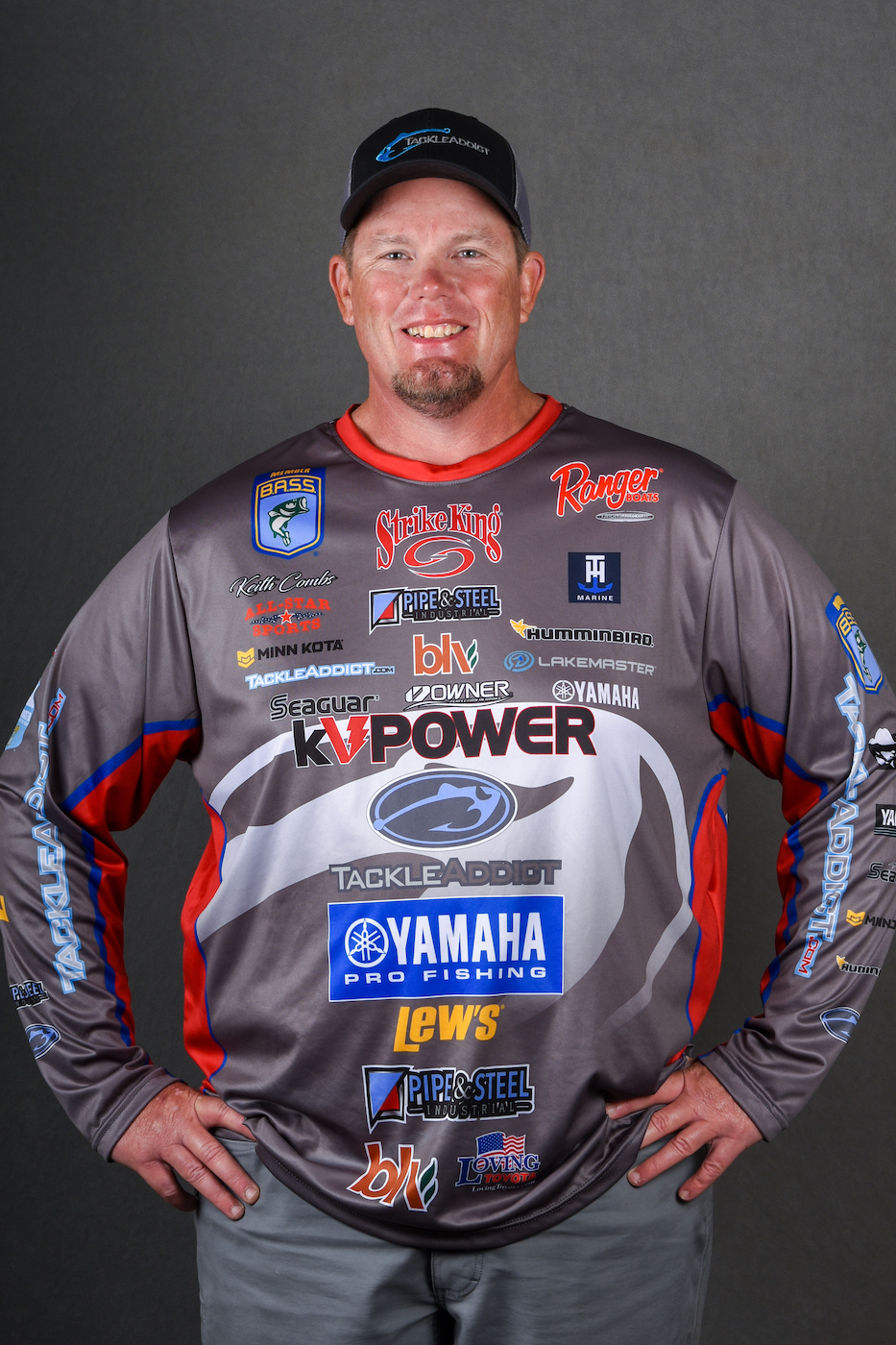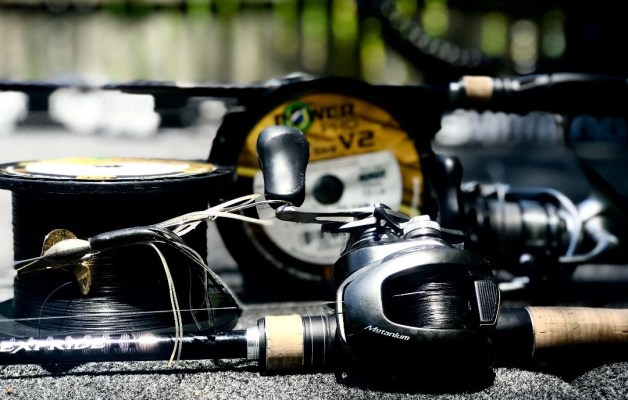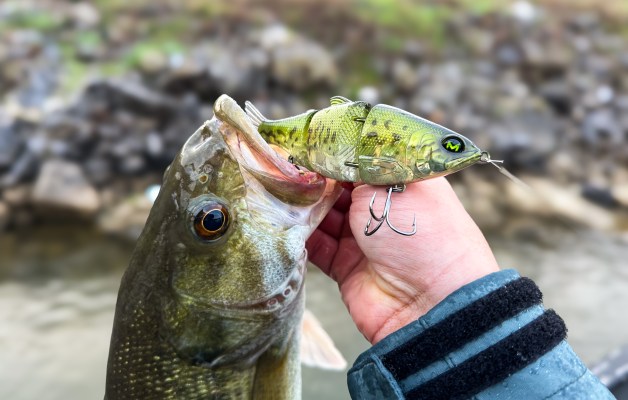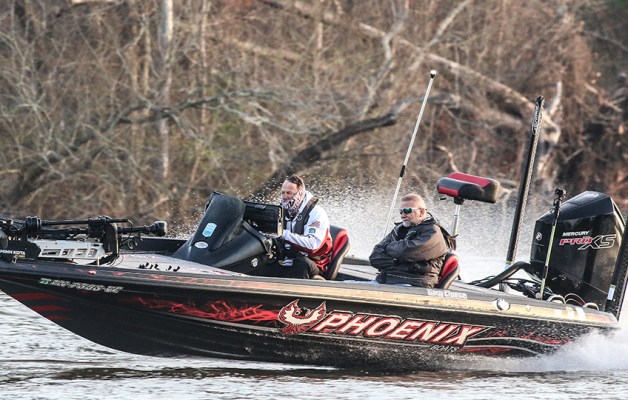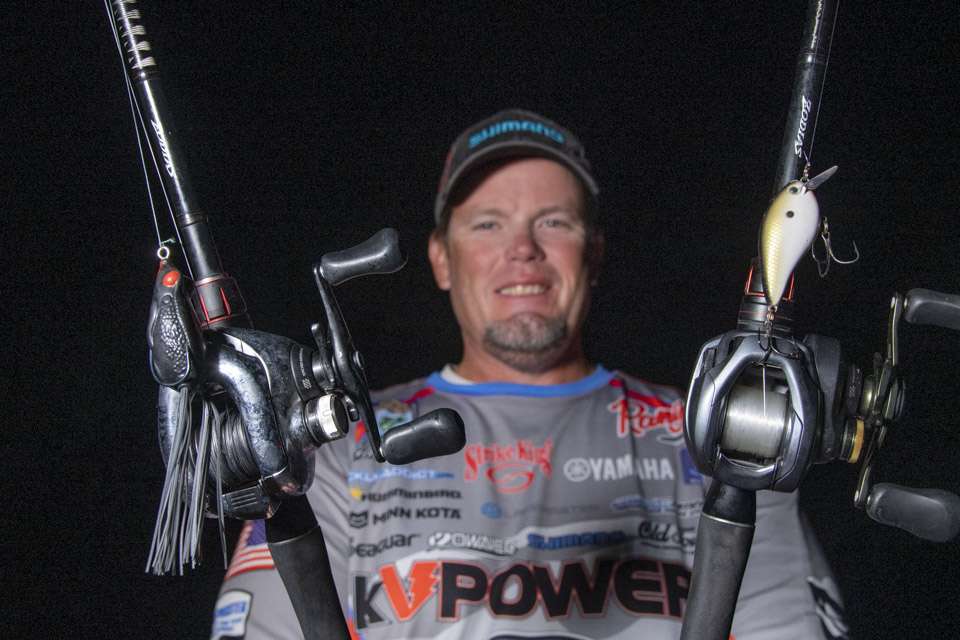
When I first started tournament fishing, I had two different baitcasting reels. They were both relatively inexpensive, but when matched with the right rods they still covered a lot of bases. Today, I have many more in the rod locker of my Ranger, including some that are really high-tech, but I know that for many of you – especially relative beginners – picking out the proper reel can be a bit overwhelming.
Of course, all of the manufacturers provide spec sheets, but between the different bearing counts, spool types, sizes and gear ratios that doesn’t make it any easier. There are several good brands and models out there, but since I’m most familiar with Shimano’s lineup I’ll use their reels as the starting point for my explanation of how to choose.
Of course, one of the biggest considerations is your budget and how many reels you’ll need. Starting off, you can probably get several reels that cover a lot of different scenarios. A really good all-around model is the Shimano SLX in the 150 size. They weigh only 6.9 ounces, far less than anything I had early in my career, but they still hold a lot of line. You can flip with them, crank with them, do just about anything, especially because they come in three different gear ratios – and best of all they retail for about a hundred bucks.
As you progress, you’ll want tools that cover more specific situations. You might want to move to the SLX MGL 70, which has a smaller spool. It won’t hold as much line, so it’s not ideal for bombing crankbaits, but it excels at throwing lighter baits like a weightless Strike King Caffeine Shad or a wacky worm. It’s also great for flipping and pitching, where not much line is required. That smaller spool seems to control the line just a little bit better.
If you need something with a greater line capacity, the Curado in the 200 size is Shimano’s workhorse. It’s what I use when I go cranking offshore and need to make long casts.
Gear ratio is an important consideration, too. If you’re only going to get one reel, I recommend that 150 size with a 6.3:1 gear ratio. It’s versatile, not so slow that you can’t catch up to a charging fish, and not so fast that you lose any power. That’s historically been the knock on faster reels, that they lose strength. That’s not necessarily quite as problematic as it was in the past, but there’s still a slight drop off. Sometimes you need that extra power. I still use something over 7:1 when I’m burning a lipless crankbait or throwing a vibrating jig.
As your budget grows, and your fishing needs progress, you might consider something like Shimano’s Metanium MGL. I recognize that it comes at an elevated price point, but I’m confident that it helps me put more fish in the boat. With a one-piece magnesium frame and advanced gearing, it’s super-smooth and the sensitivity is off the charts.
Remember one reel can’t necessarily do everything perfectly. You don’t want a 70-sized spool or an 8:1 gear ratio if you only have one reel. If that’s the case, start with one that’ll do a lot of things, like that SLX. If I’d had a couple of SLX reels when I’d started out I would’ve been thrilled. They’re so much lighter, smoother and more advanced than anything I had back then. I still caught a lot of fish, especially when I paired those early round reels with the proper rod, but the improvements are a night and day difference.
Don’t be overwhelmed with the choices out there. Start with one or two that cover a lot of situations, and as your fishing progresses four or five different models should cover just about everything you need.

